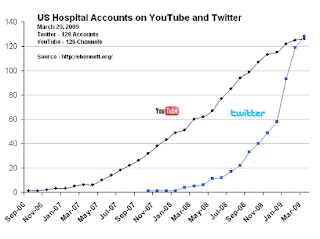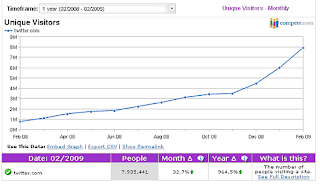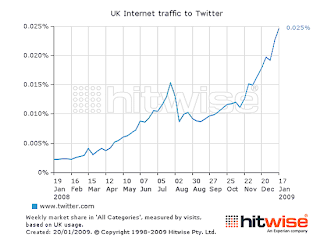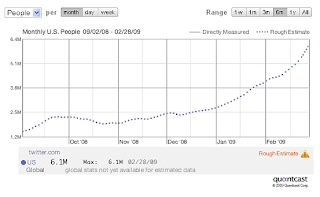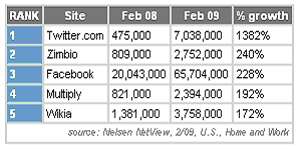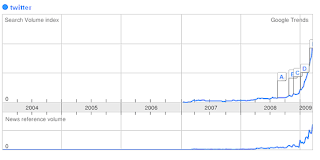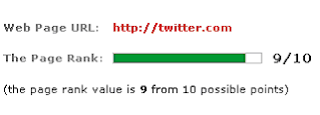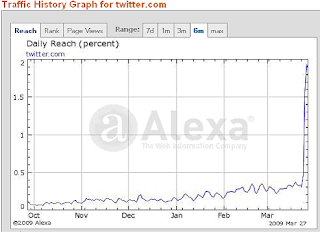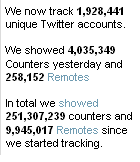The solution to this is filtering. But filtering capabilities are weak at best in existing Twitter apps. And even if app developers start adding them, there are limitations built into Twitter's messaging system that make it difficult to do sophisticated filtering.
Number of Followers as a Filter. One way to filter would be to use social filtering to infer the value of content. For example, content by people with more followers might have a higher reputation score. But let's face it, there are people on Twitter who are acquiring followers using all sorts of tricky techniques -- like using auto-follow or simply following everyone they can find in the hopes that they will be followed back. Or offering money or prizes to followers -- a recent trend. The number of followers someone has does not necessarily reflect reputation.
Re-Tweeting Activity as a Filter. A better measure of reputation might be how many times someone is re-tweeted. RT's definitely indicate whether someone is adding value to the network. That is worth considering.
Social Network Analysis as a Filter. One might also analyze the social graph to build filters. For example, by looking at who is followed by who. Something similar to Google PageRank might even be possible in Twitter. You could figure out that for certain topics, certain people are more central than others, by analyzing how many other people who tweet about those topics are following them. Ok good. Nobody can patent this now.
Metadata for Filtering. But we are going to need more than inferred filtering I believe. We are going to need ways to filter Twitter messages by sender, type of content, size, publisher, trust, popularity, content rating, MIME type, etc. This is going to require metadata in Twitter, ultimately.
Broadly speaking there are two main ways that metadata could be added to Twitter:
1. Metadata Added Outside Twitter. Twitter messages could simply be URLs that point to further resources that in turn carry the actual body and metadata of each message. Thus a message might just be a single URL. Clicking that URL would yield a web page with the content and then XML or RDF metadata about the message. If this were to happen, Twitter messages would be simply URLs created and sent by outside client software -- and they would require outside software (special Twitter clients) to unpack and read them.
2. Metadata Added Inside Twitter. Another solution would be for Twitter to extend their message schema so every Twitter message has two parts, a 140 char body and a metadata section with a certain amount of space as well. This would be great. It would be a good move for the people at Twitter to jump the gun by enabling this sooner rather than later. It will help them protect their control over their own franchise.
Source: Nova Spivack CLICK HERE
